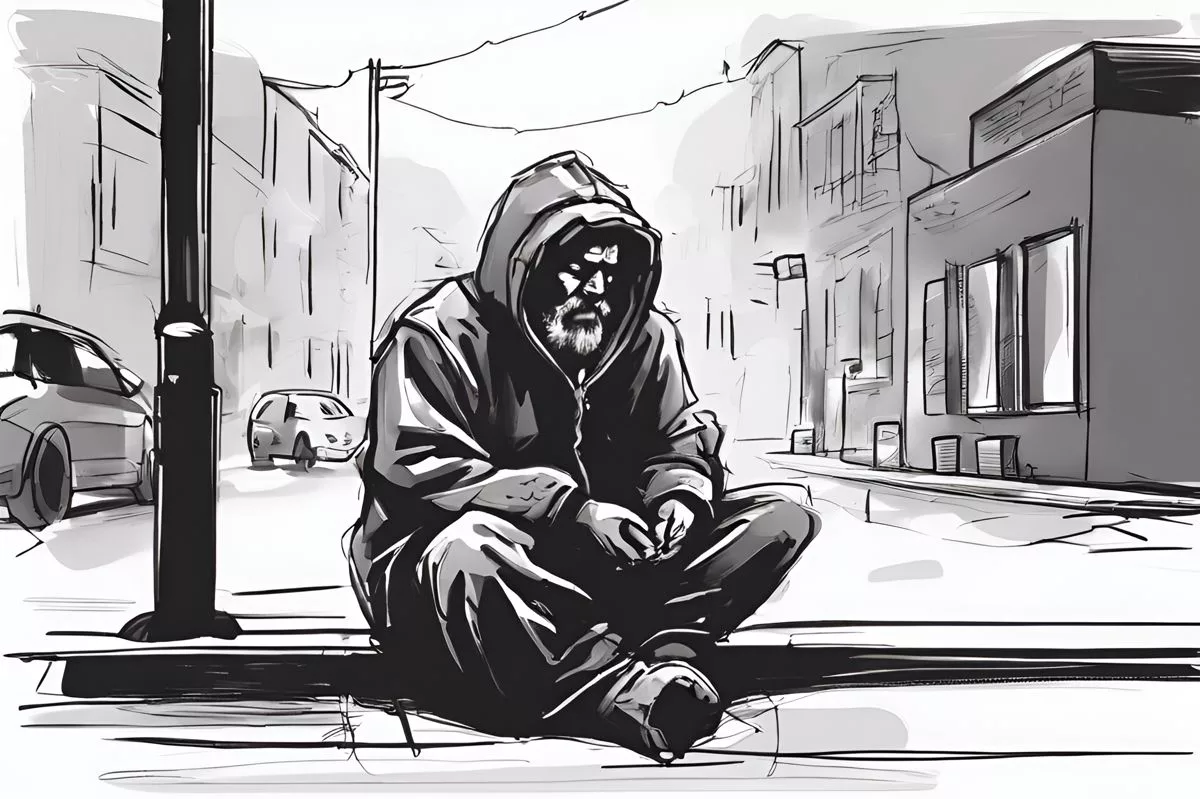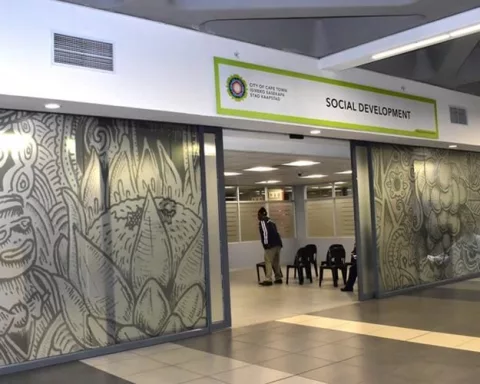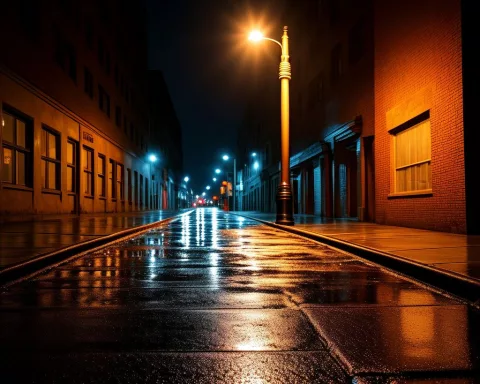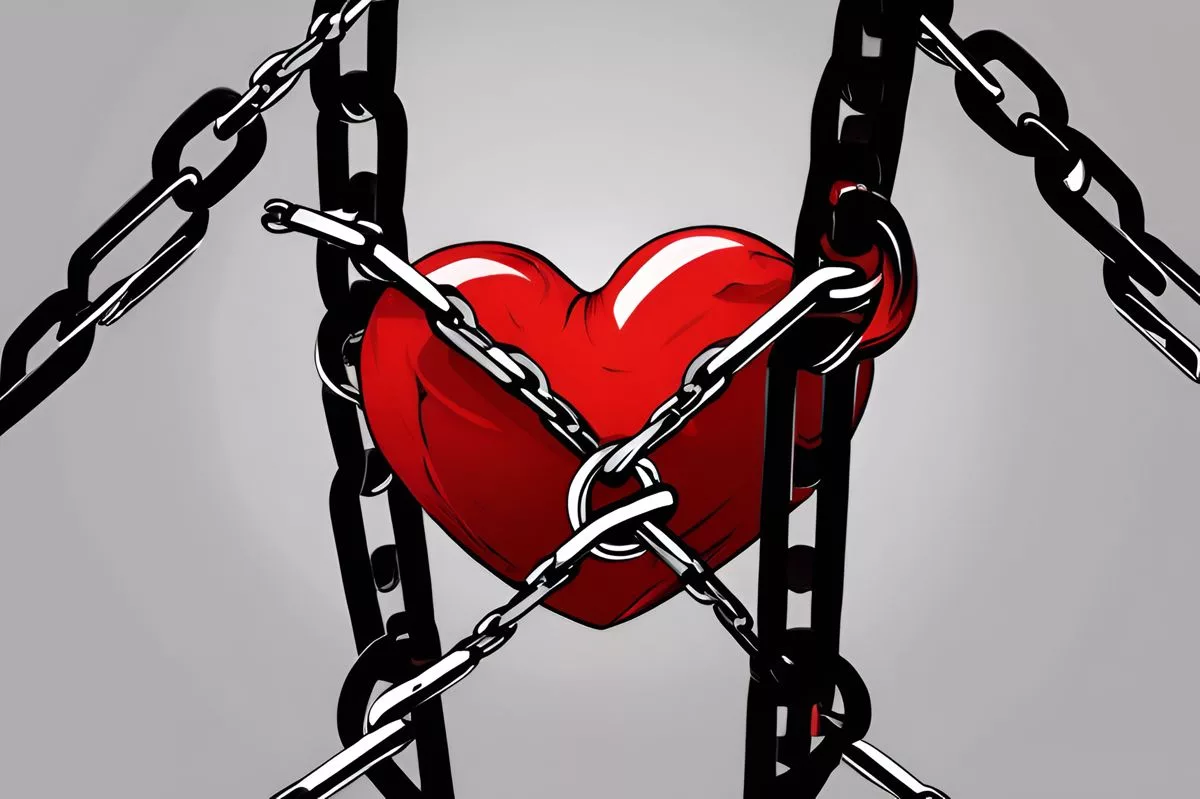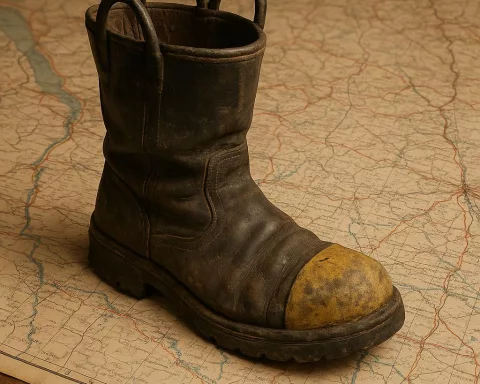A homeless man, Stanton Daniels, was fatally shot by a security guard at the Mowbray bus terminal in South Africa. Daniels had been living on the streets for 15 years and had set up his makeshift home next to a bus kiosk. The incident has sparked a larger conversation about the intersection of homelessness, public security, and societal ignorance. The investigation is ongoing, but the shooting highlights the marginalization of the homeless and the need for their stories to be heard.
What happened in the fatal confrontation in Mowbray?
A security guard fatally shot Stanton Daniels, a homeless man, in an altercation at the Mowbray bus terminal in South Africa. Daniels had been living on the streets for close to 15 years and had set up his makeshift home adjacent to the GABS kiosk. The incident has ignited a larger dialogue about the intersection of homelessness, public security, and societal indifference.
A Harrowing Incident
The brisk dawn of June 27, 2024, witnessed a shocking incident at the Mowbray bus terminal in South Africa. A security guard from Golden Arrow Bus Services (GABS) fatally shot Stanton Daniels, a homeless man. This unfortunate event sent shockwaves rippling through the community.
The precarious intersection of homelessness and public security was harshly illuminated that day. Daniels, aged 53, had been living on the streets for close to 15 years. He had set up his makeshift home adjacent to the GABS kiosk, making it his nightly sanctuary. The GABS sales staff recognized him as they would routinely awaken him each morning, requesting him to relocate before they began their workday.
Regrettably, the routine took a drastic turn that fateful Thursday. Around 4:50 AM, as the bus rolled into the terminal, the security guard, tasked with the duty of safeguarding the GABS sales staff, found himself in a deadly altercation with Daniels. It was reported that Daniels had threatened the guard with a knife, leading to the guard firing his weapon in self-defense. This account was backed by John Dammert, the corporate affairs executive of GABS.
A Different Perspective
However, the account becomes more nuanced when viewed through the lens of Elizabeth Sellidon, a friend of Daniels. She disputes the claim that Daniels was a threat. According to her, Daniels was merely trying to mend his drug paraphernalia – a needle – using a broken knife, an item he typically carried. Sellidon remembered Daniels reaching for his needle after being roused by the GABS staff as part of his morning routine. She stated that the unfortunate incident of the knife falling and Daniels’ movement to pick it up led to the fatal shooting.
The aftermath of the incident was profoundly disturbing. Sellidon provided a vivid account of the aftermath, stating that Daniels’ body was left unattended on the frigid street for four hours following the lethal shot. Her pointed critique of the incident underscored the marginalization of the homeless, who are often presumed guilty, their stories largely disregarded.
Investigation and Broader Implications
The South African police, represented by Warrant Officer Joseph Swartbooi, have launched an investigation into the incident. Upon reaching the crime scene on Victoria Road, they found Daniels’ lifeless body along with the incriminating evidence of the gunshot wound. The incident is currently classified as a murder case under investigation, although the official stance remains neutral.
The Mowbray incident has stirred a wider dialogue about the precarious lives of the homeless and their encounters with public security personnel. Even considering Daniels’ troubled past and reported drug use, the question of whether his death was an excessive response to a misinterpreted situation remains unanswered.
This fatal shooting has brought to light the intersection of homelessness, public security, and societal indifference. As the investigation proceeds, the incident serves as a stark reminder that the stories of the homeless and marginalized individuals are often neglected in the larger discourse on public safety and security.
Who was Stanton Daniels?
Stanton Daniels was a homeless man who had been living on the streets for close to 15 years. He had set up a makeshift home adjacent to the GABS kiosk at the Mowbray bus terminal in South Africa.
Who shot Stanton Daniels?
A security guard from Golden Arrow Bus Services (GABS) fatally shot Stanton Daniels in an altercation at the Mowbray bus terminal.
Why did the shooting spark a conversation about the intersection of homelessness, public security, and societal ignorance?
The shooting of Stanton Daniels highlighted the marginalization of the homeless and the need for their stories to be heard. It brought to light the precarious intersection of homelessness, public security, and societal indifference.
What is the ongoing investigation about?
The South African police have launched an investigation into the incident. The incident is currently classified as a murder case under investigation, although the official stance remains neutral.
What is the different perspective provided by Elizabeth Sellidon?
Elizabeth Sellidon, a friend of Daniels, disputes the claim that Daniels was a threat. According to her, Daniels was merely trying to mend his drug paraphernalia – a needle – using a broken knife, an item he typically carried. Sellidon remembered Daniels reaching for his needle after being roused by the GABS staff as part of his morning routine. She stated that the unfortunate incident of the knife falling and Daniels’ movement to pick it up led to the fatal shooting.
What broader implications does the Mowbray incident have?
The Mowbray incident has stirred a wider dialogue about the precarious lives of the homeless and their encounters with public security personnel. It serves as a stark reminder that the stories of the homeless and marginalized individuals are often neglected in the larger discourse on public safety and security.

